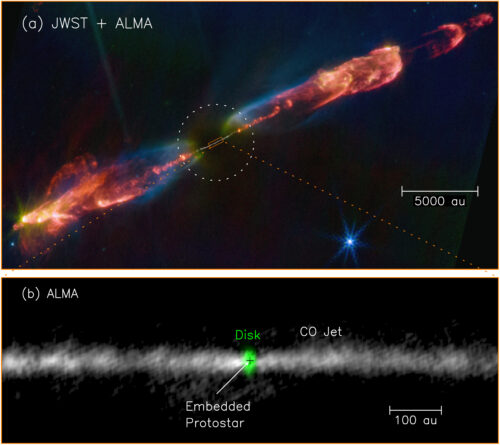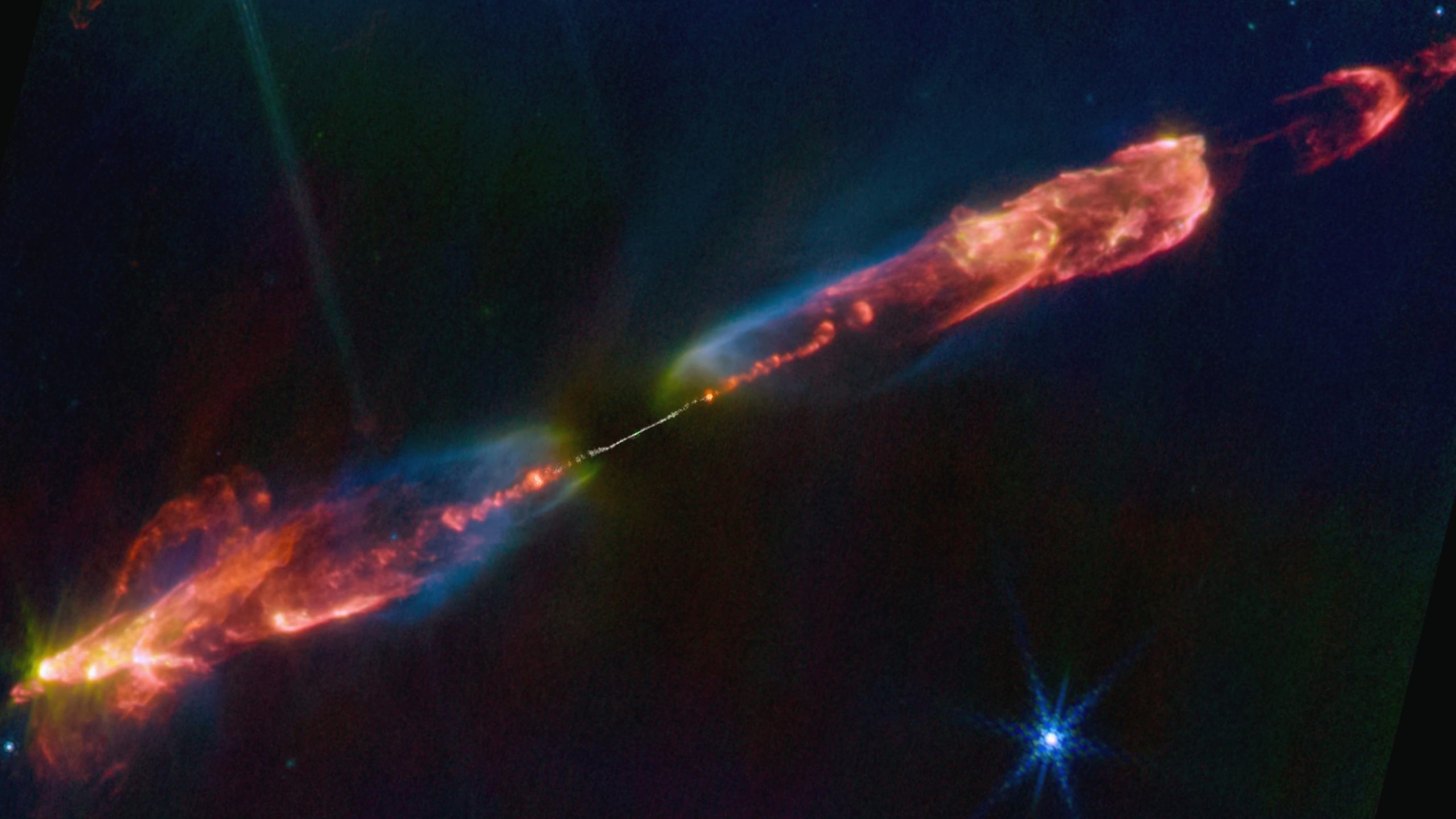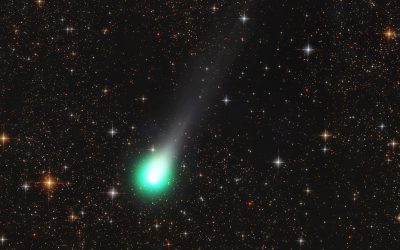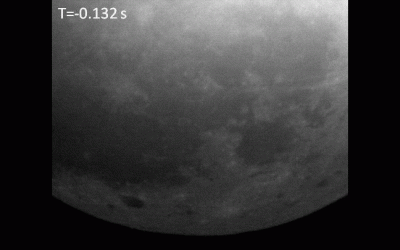While the universe abounds with enigmatic phenomena, even seemingly fundamental processes like the birth of stars remain areas of active scientific inquiry. These majestic celestial bodies originate within vast, frigid nebulae – colossal reservoirs of dense gas and cosmic dust. The genesis of a star commences when one of these immense clouds accumulates sufficient mass, causing it to succumb to its own powerful gravitational pull. This dramatic inward collapse then fuels the emergence of a ‘protostar,’ the initial embryonic stage of what will eventually become a luminous sun.
As young stars begin their formative journey, they exert a powerful gravitational pull, drawing in vast quantities of gas and dust from their cosmic environment. This captured material coalesces into a swirling, flattened structure encircling the nascent star, universally known as an accretion disk. Within this dynamic disk, the gas and dust particles are in constant rotation, gradually clumping together before steadily spiraling inward. This continuous influx of matter acts as a crucial fuel source, enabling the developing star to progressively accumulate mass and expand its overall size.








